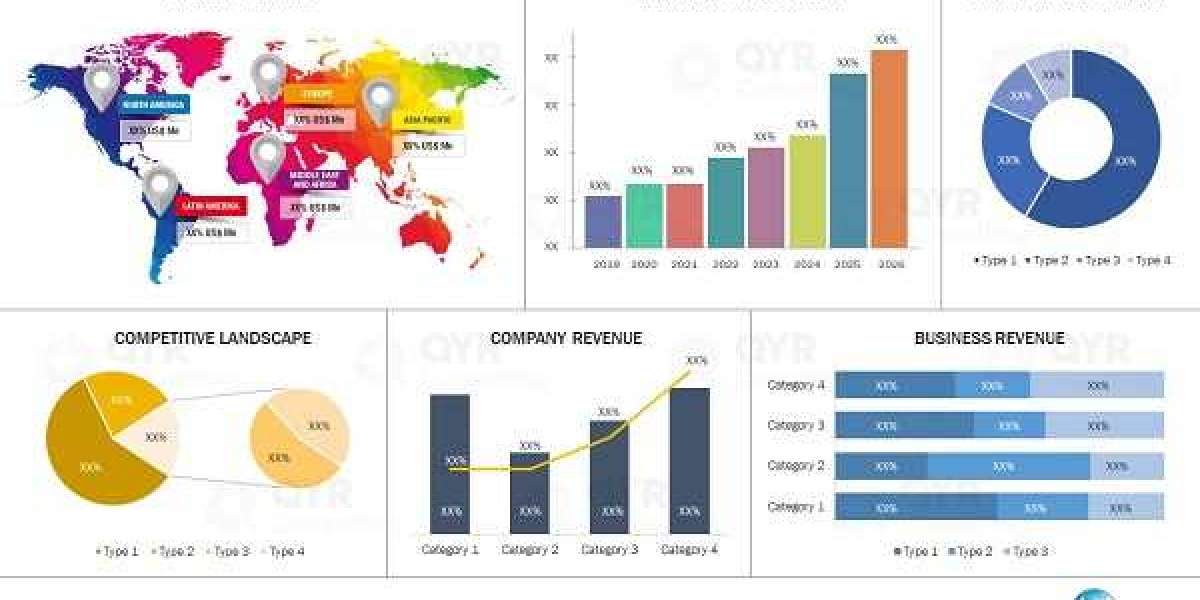Pallet racks are essential storage solutions for warehouses, factories, and industrial facilities. They help in organizing goods efficiently, maximizing space, and improving overall productivity. While quality and durability are important factors when choosing a pallet rack, affordability is equally crucial. Many businesses in India look for cost-effective pallet rack manufacturers who can provide high-quality solutions without exceeding their budget. This article explores the importance of affordable pallet racks, factors affecting their pricing, how to choose the right manufacturer, and some of the best options available in India.
Why Affordable Pallet Racks Are Essential for Businesses
Cost-effective pallet racks play a significant role in optimizing storage operations. Businesses that manage large inventories need proper shelving solutions to prevent clutter and ensure smooth workflow. Affordable pallet racks help companies save money on infrastructure without compromising on storage capacity and durability. They also contribute to better space utilization, reducing the need for additional warehouse space. Additionally, efficient storage systems lead to faster material handling, reducing labor costs and improving productivity. Investing in budget-friendly pallet racks allows businesses to allocate funds to other important aspects like logistics, machinery, and workforce.
Key Factors That Affect Pallet Rack Pricing
The cost of pallet racks depends on multiple factors, including material, design, customization, and manufacturing processes. The quality of materials, such as mild steel or stainless steel, influences the price. Heavier gauge steel and corrosion-resistant coatings may increase costs but enhance durability. The type of pallet rack also affects pricing. Selective racks are usually more affordable compared to drive-in or push-back racks. Customized pallet racks tend to be more expensive as they are designed for specific storage needs. Manufacturing location also plays a role in pricing. Indian manufacturers offer competitive pricing due to lower labor and material costs. Businesses purchasing pallet racks in bulk often receive discounts, making large-scale purchases more cost-effective.
How to Choose the Best Affordable Pallet Rack Manufacturers in India
Selecting the right pallet rack manufacturer is crucial for ensuring quality and affordability. Businesses should conduct research on manufacturers with a strong market reputation and proven track record. Checking for certifications, such as ISO standards, ensures that the racks meet safety and quality guidelines. Customer reviews and testimonials provide insights into the reliability of the manufacturer. Comparing quotes from multiple manufacturers helps in finding the best deal. Some companies also offer installation services and after-sales support, which can be a deciding factor when making a purchase.
Top Affordable Pallet Rack Manufacturers in India
Several manufacturers in India offer high-quality pallet racks at budget-friendly prices. These companies cater to various industries, providing durable and cost-effective storage solutions. Some of the top manufacturers include those known for their precision engineering, use of high-quality materials, and customization options. These companies often have a wide range of products, from standard selective racks to specialized industrial racks. Businesses can explore different manufacturers based on their storage needs, location, and budget.
Tips for Getting the Best Deals on Pallet Racks
Purchasing directly from manufacturers instead of third-party distributors can help businesses save costs. Many manufacturers offer seasonal discounts and promotional pricing, which can be leveraged for better deals. Standardized designs are usually more affordable than customized racks. Businesses can also negotiate bulk purchase discounts if they require large quantities. Partnering with manufacturers that provide long-term warranties and maintenance support ensures better value for money in the long run.
Common Mistakes to Avoid When Buying Affordable Pallet Racks
While affordability is a key factor, businesses should not compromise on quality and safety. Choosing the cheapest option without considering load capacity and durability can lead to frequent repairs and replacements. Ignoring safety regulations can result in workplace hazards and increased maintenance costs. Businesses should also factor in installation expenses and future scalability when making a purchase. Evaluating all aspects of the investment ensures that the pallet racks serve their purpose effectively without additional hidden costs.
Conclusion
Affordable pallet racks are essential for businesses looking to optimize storage without overspending. By considering factors like material quality, design, and manufacturer reputation, businesses can find budget-friendly options that meet their needs. Indian pallet rack manufacturers provide competitive pricing while maintaining high-quality standards. Careful selection and proper planning help businesses get the best value for their investment. Investing in the right pallet racks improves efficiency, enhances storage capacity, and contributes to overall business growth.











